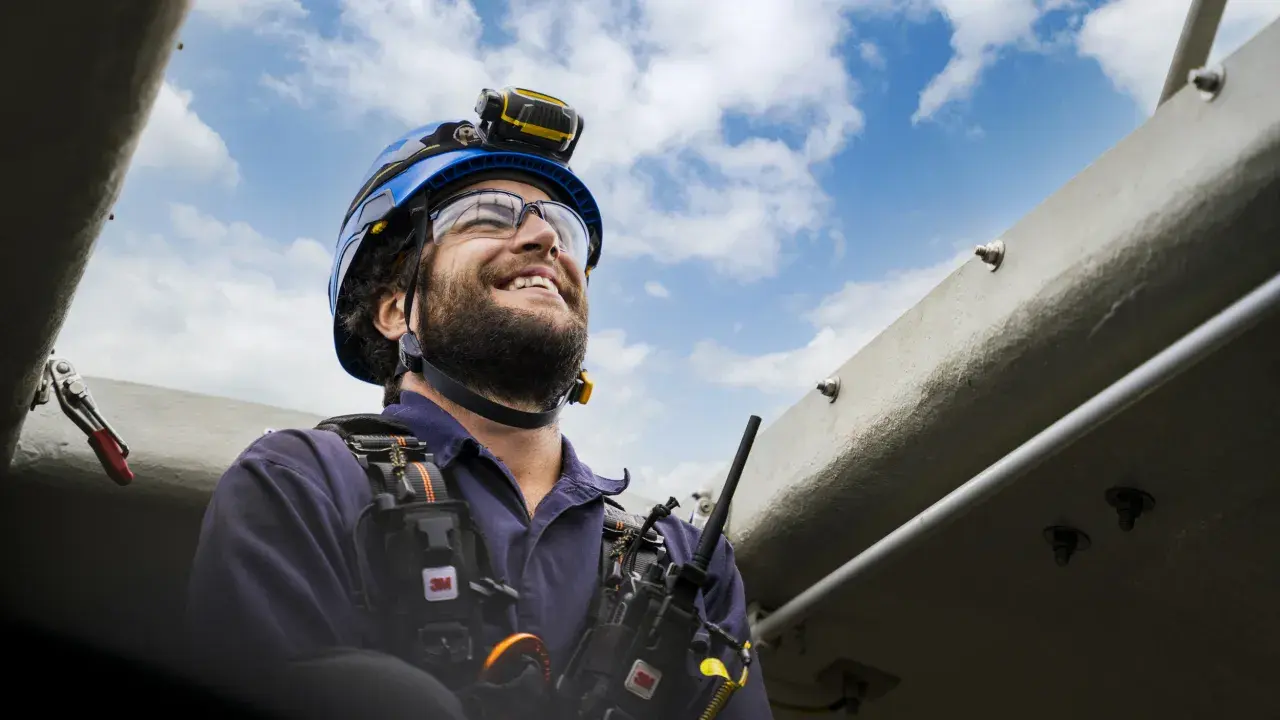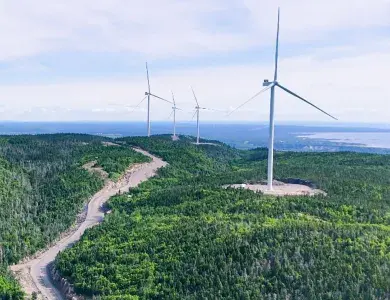A comprehensive array of bespoke solutions, with a focus on partnership, innovation and continuous improvement
Every location, every community, every business and every market deserves a forward-looking and intelligent energy solution in line with their specific requirements. We strive to ensure each potential site is studied in detail and to establish a dialogue with the people and organizations involved so we can develop a clear understanding of what these requirements are.
Our solutions are customized to function optimally within the surrounding ecosystem. We endeavour to be a good neighbour with every project we undertake. We remain in direct contact with the people on the ground so we can adjust and improve our approach on an ongoing basis and deliver smart, scalable projects to meet changing real-world needs.
Today
of installed capacity
of projects in development
Employees
Our target for 2030
Installed capacity, in support of the global energy transition
Our presence
Select a zone to view its data.
A Talented Team Dedicated to Meeting the Needs of our Clients and Partners

Develop and Innovate
Be proactive in anticipating the needs of our clients, partners, markets, and networks to develop tailored solutions.
Build and Operate
Go the extra mile in deploying and managing assets, with on-site teams who understand the sites and communities they serve.
Maximize and Preserve Value
Add value for our clients and partners while upholding our CSR commitments.
Partnership-focused Projects and Sites
Boralex Newsroom
To Stay in Touch with our Growth
To Achieve the Global Energy Transition,
No Challenge is Too Great!
Explore our job listings Find out more about careers at Boralex

















